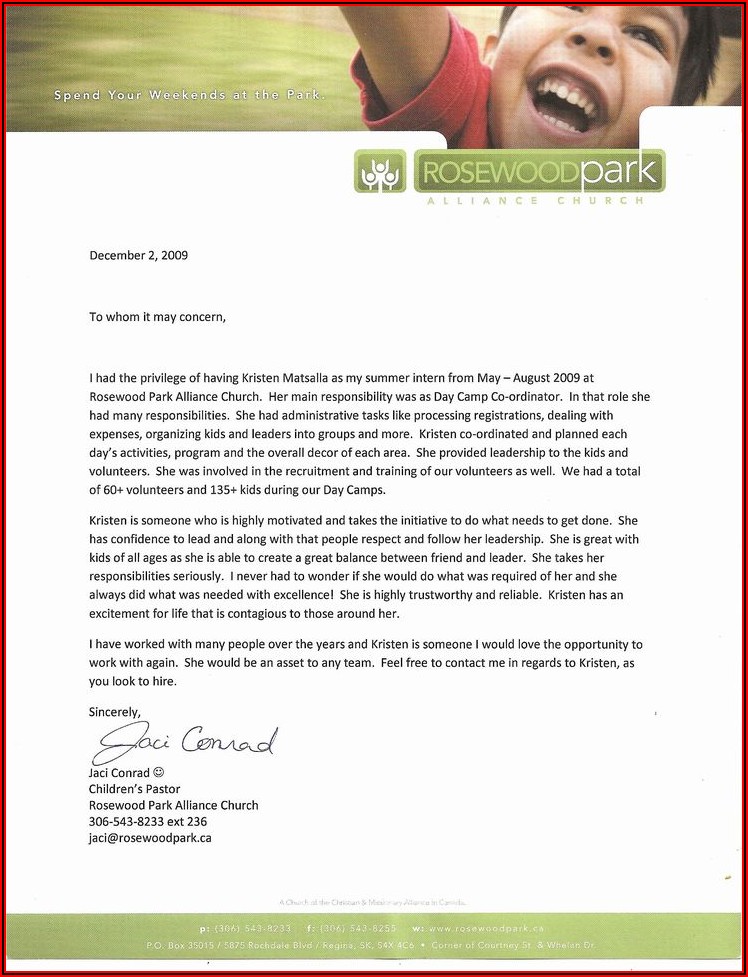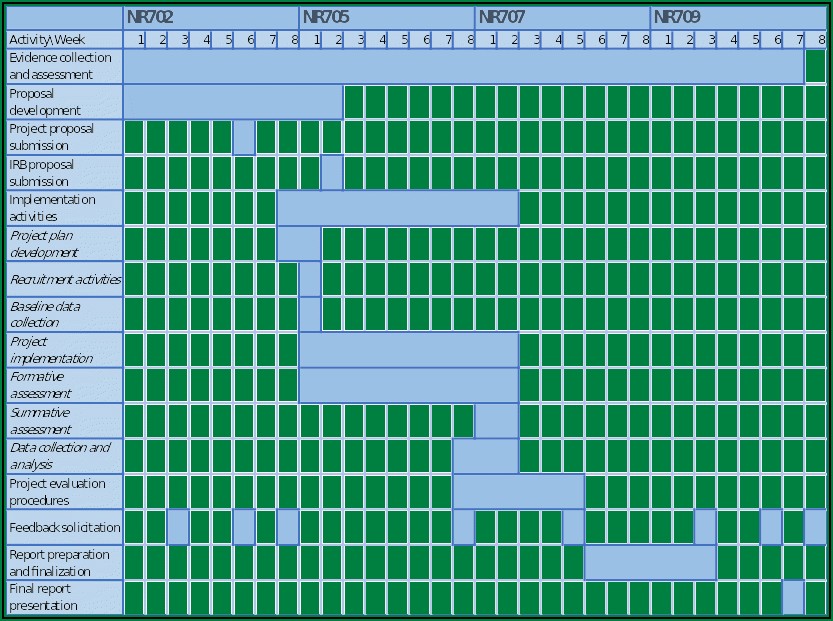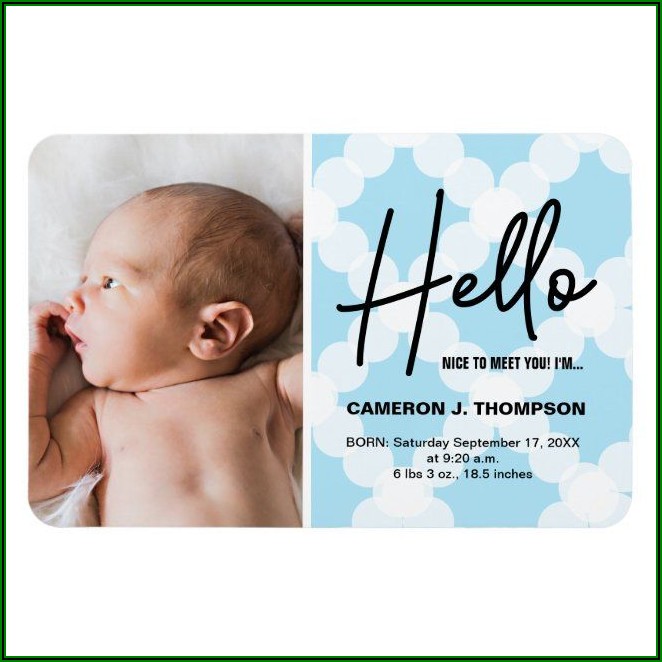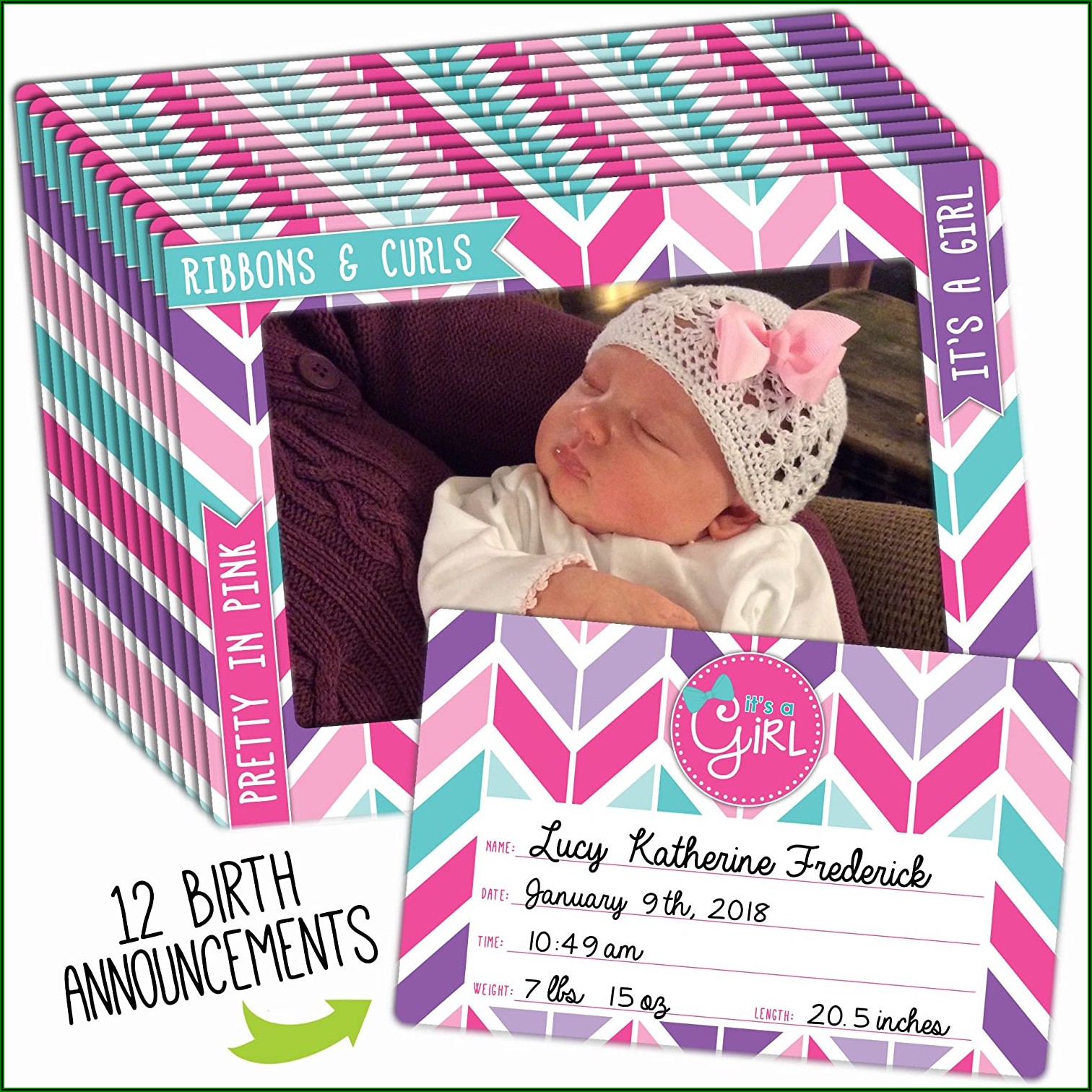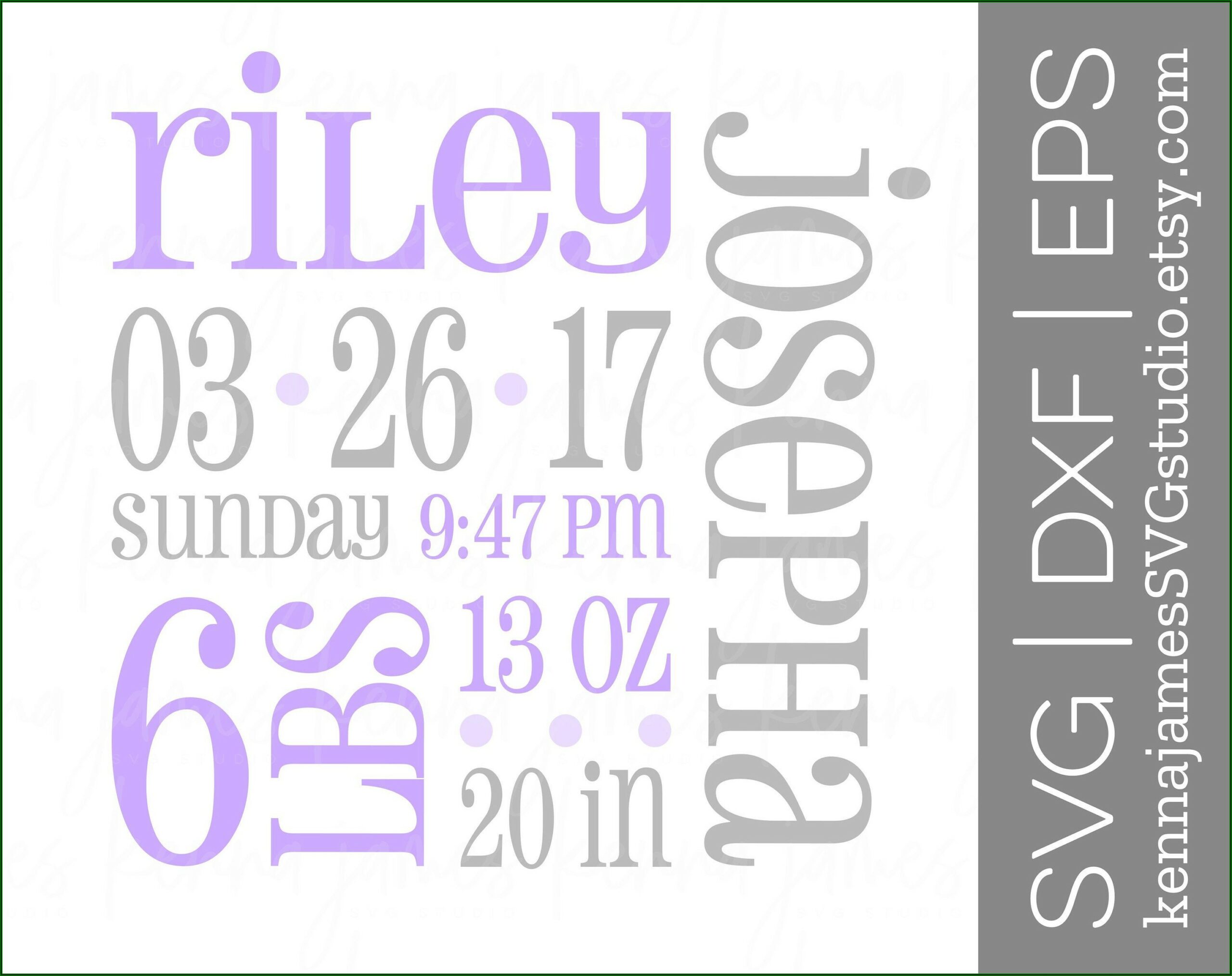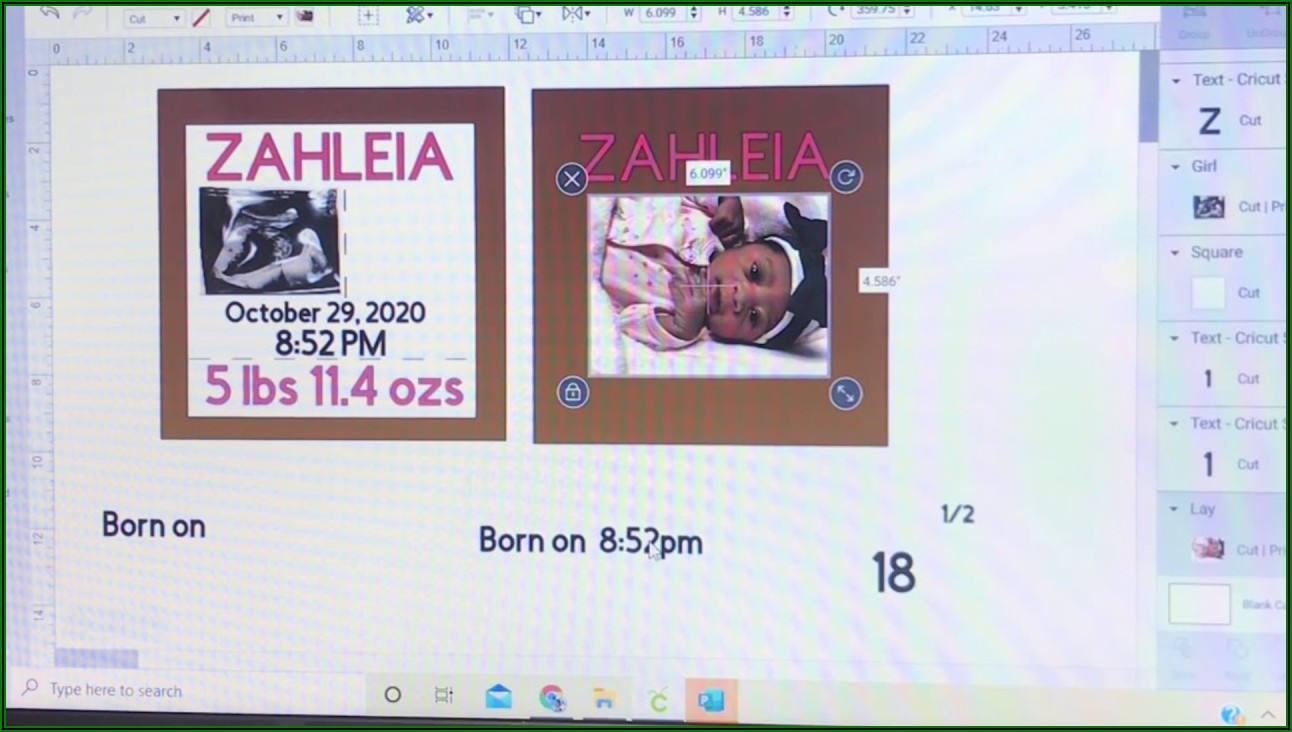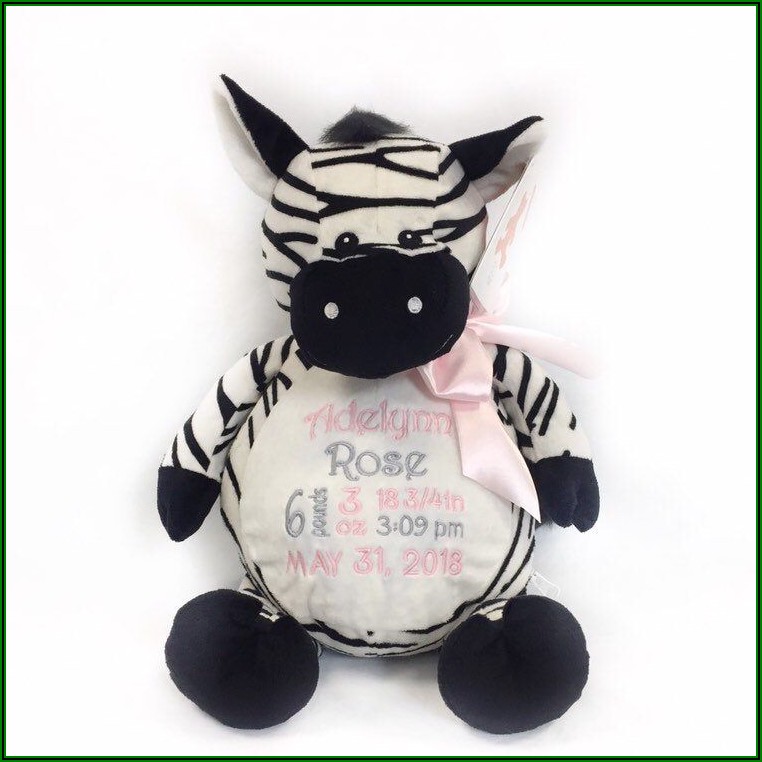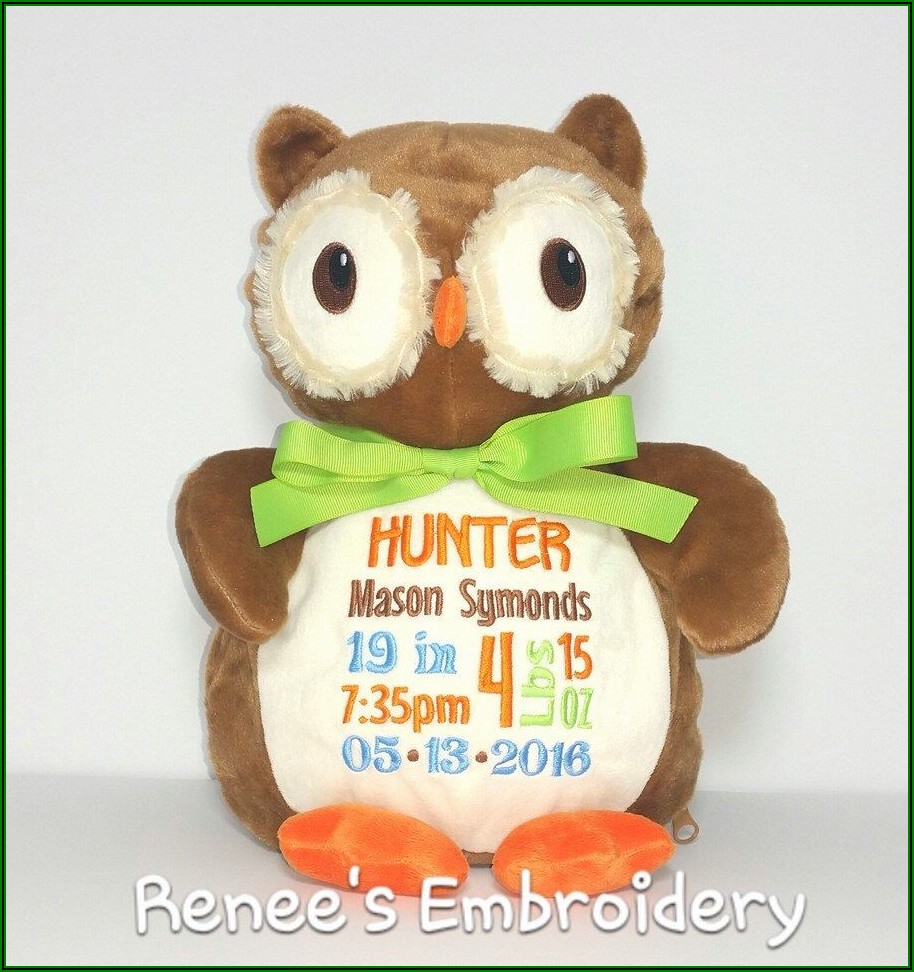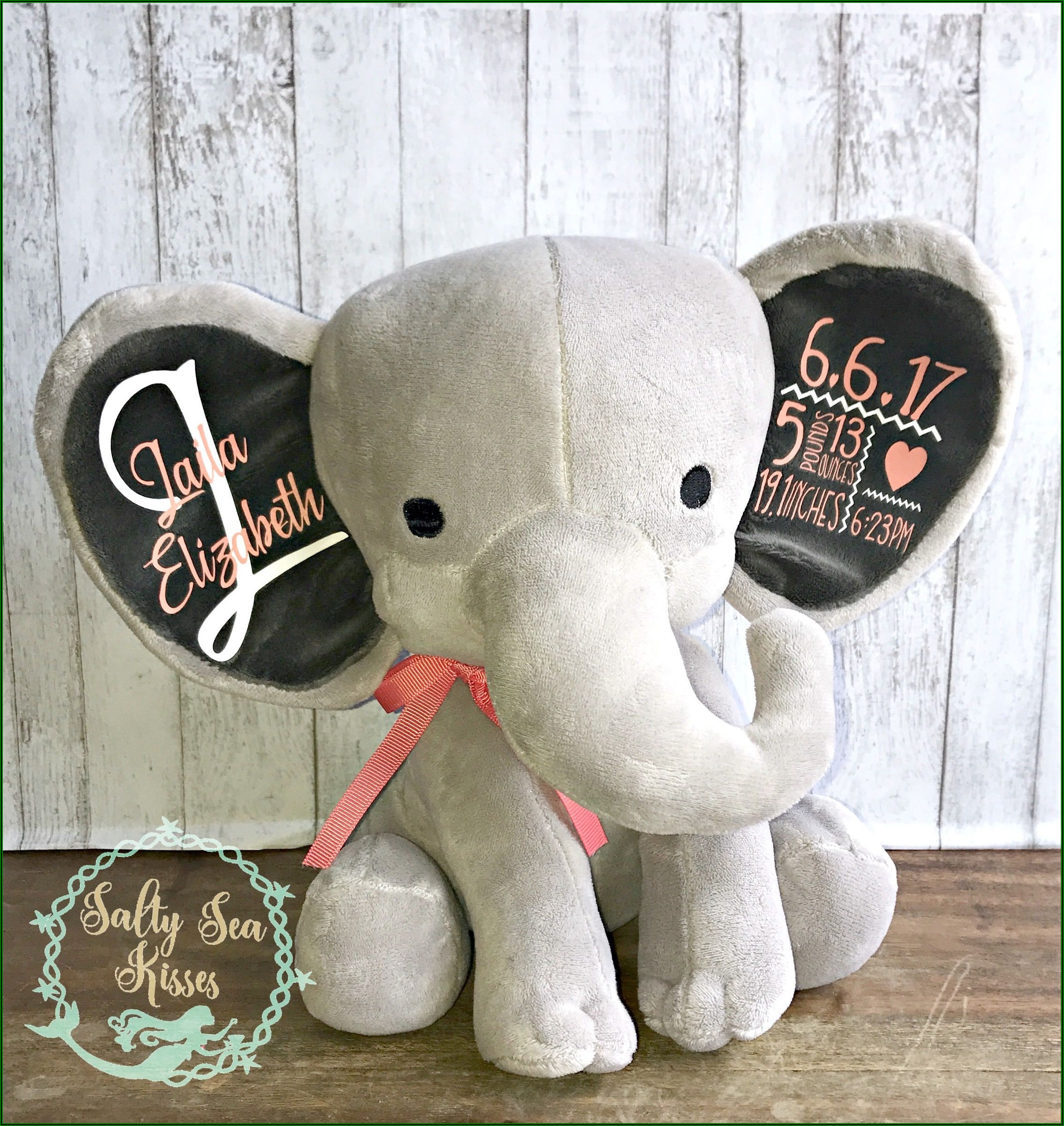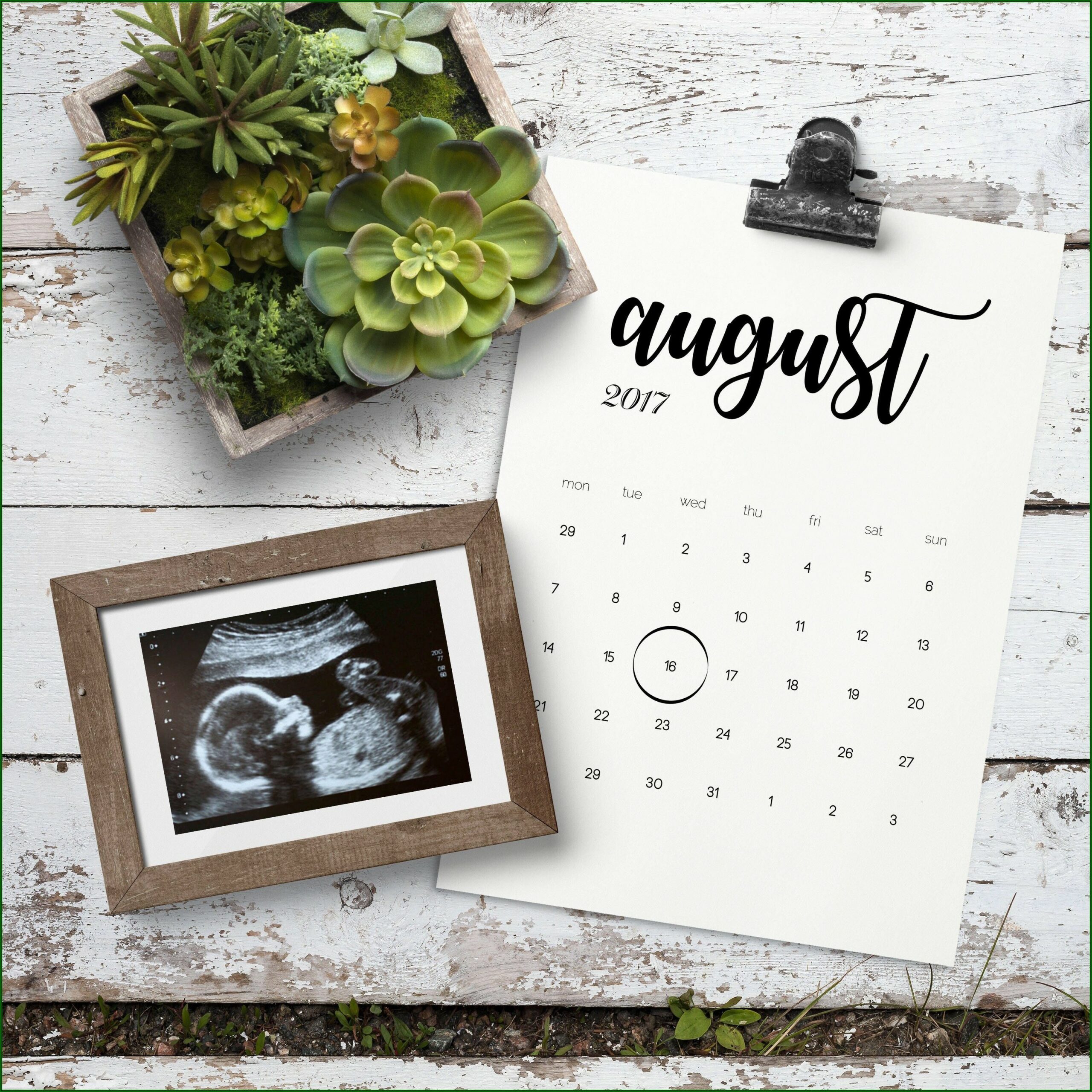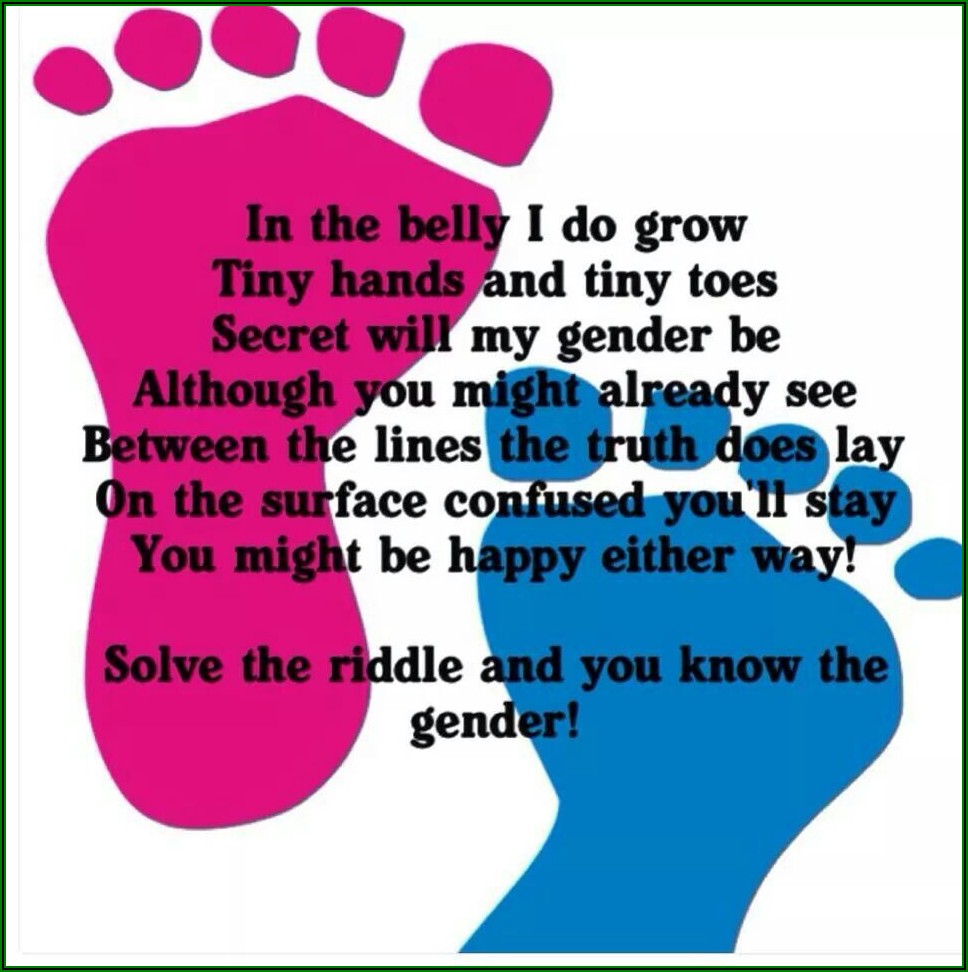Ten hints for working with a meeting and guaranteeing an unmistakable recording which will boost the odds of a precise, complete record of your gathering procedures.
1. Minimise the impact of any loud climate
on the off chance that gab from the crowd, board individuals or impedance from cooling or PCs is adequately noisy, it will be caught on the recording. Approaching noon, clamor from the adjoining room as the setting staff set up lunch may likewise be nosy, so check with the meeting scene in advance that they’ll go to lengths to limit this. Do whatever it takes not to leave windows open – notwithstanding how hot the day might be, windows should be shut. Clamor from traffic, roadworks and planes will all effect on the recording. Most mouthpieces are not quite as particular as the human ear and can’t sift through incidental commotion similarly we can.
2. Be firm in ‘controlling’ the members,
counting inquiries from the crowd. You might have to brief any unpracticed speakers that they should trust that the crowd commotion will fade away prior to starting their introductions. Indeed, even with platform or lapel amplifiers, the foundation commotion can regularly be more meddlesome on accounts than we understand at that point. Voices can without much of a stretch be overwhelmed by superfluous clamor, particularly when speakers are delicately spoken. In spite of the fact that it could be hard to interfere, if delegates (or board individuals) start to go off at a digression, you might need to guide them back on course.
3. An anxious crowd should provide you some insight as to whether a speaker is discernible or not.
On certain accounts we’ve heard, the featured subject matter expert was talking scarcely over a murmur and the facilitator was reluctant to hinder as they were a VIP. Constantly, individuals don’t understand they’re talking delicately – we once in a while ‘hear’ our own voices. In the event that a visitor speaker respects partaking in a meeting as sufficiently significant to save time, the odds are they will need their commitment heard. On the off chance that you or the crowd can’t hear what they’re saying, the odds are the interpreter can’t either on the got done with recording.
4. Ask agents to present themselves
during the Q&A meetings, request that the agents present themselves with their name and friends. On the off chance that you furnish the interpreter with a representative rundown, it’ll be feasible to precisely attribute any inquiries to a speaker. Recollect that interpreters can’t recognize voices they’ve never heard.
5. Ensure that any inquiries or remarks from the crowd can be heard.
A few agents begin talking before the meandering receiver shows up. If a speaker has a calm voice, that might be hard to hear and will not be gotten by the recording hardware, despite how modern it very well may be.
6. Guarantee that all speakers and agents have turned off cell phones.
This might be hard to uphold with a huge crowd yet if you can essentially request that the speakers do as such, that will help tremendously. Instant messages or voice messages produce a radio recurrence which is quiet to the human ear yet the recording hardware will get this humming commotion. Turning cell phones to ‘quiet’ or ‘vibrate’ mode isn’t sufficient – they’ll in any case ‘buzz’!
7. Brief the interpreter
on precisely what should be translated, regardless of whether you want a total word for word record or on the other hand if an altered rendition will get the job done. Your typographer will actually want to explain what record choices are regularly utilized for meetings. Furnish the interpreter with a plan, a rundown of speakers and agents, just as any introductions or presents provided by the speakers. It’s likewise valuable to give any supporting material on the meeting, as this will assist with setting up ‘catchphrases’ that may not be in like manner utilization yet are especially pertinent to the gathering theme.
8. Assist with explanation
if any speaker or agent shows the crowd photos or archives, (anything that isn’t on a Powerpoint show and, thusly, probably not going to be accessible for reference later on), it would be a smart thought to express what ‘IT’ is to serve the recording, or make a note of it. You might recall what ‘it’ is at that point yet will you later on with regards to examining the record?
9. Consider the top table ‘climate’.
These tips might sound self-evident yet there are sure interesting points about the recording climate which can be forgotten during the air of meeting itself. Just as presence of mind things, for example, keeping the amplifiers from being thumped, there are different issues which can meddle with the clearness of a recording. Make an effort not to permit porcelain close to the mouthpieces. It’s enticing to have tea or espresso on the top table or to permit board individuals to bring cups back after any quick rests. In case these are too close to the receivers, the ‘banging’ may muffle any voices. Also, don’t rearrange papers or compose close to any mics on the off chance that it tends to be kept away from. As this might be the wellspring of the closest commotion, that is the thing that the receiver will get.
10. Encourage board individuals not to talk over one another.
In an enlivened conversation, especially with an enormous board of speakers, there can be a propensity for quite some time to talk without a moment’s delay. It very well might be valuable to call attention to that, assuming they do this, both their commitments will be lost. What’s more, if they endure in the fieriness of discussion, you might need to strategically request every speaker to rehash the same thing for the advantage from the recording. Such a delicate update is regularly all that is required.
We address more specialized recording issues identifying with meetings in our sister article – Conferences: Ten Useful Tips for Successful Recording.
